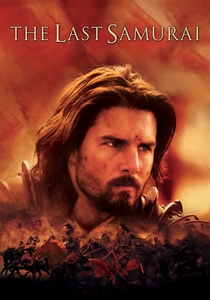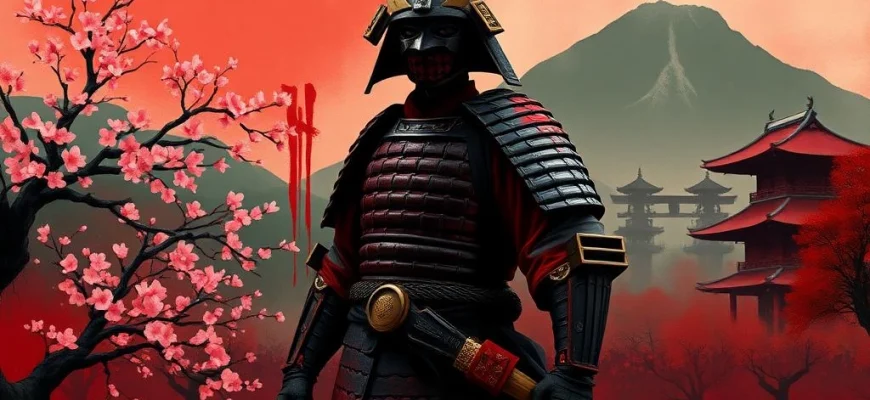If you loved the intense action, gripping storytelling, and historical drama of '13 Assassins' (2010), you're in for a treat. This article explores 10 similar movies and shows that capture the same spirit of samurai honor, epic battles, and masterful direction. Whether you're a fan of Japanese cinema or just crave more thrilling period pieces, these recommendations will keep you on the edge of your seat.

The 47 Ronin (1941)
Description: A classic tale of loyalty and revenge, following a group of masterless samurai who avenge their lord's dishonor. The film's emphasis on duty and sacrifice is timeless.
Fact: This is one of the most frequently adapted stories in Japanese cinema, reflecting its cultural significance.
 Watch Now
Watch Now 
Seven Samurai (1954)
Description: A masterful blend of action and drama, featuring a group of warriors banding together to protect a village from bandits. The film's intense battle sequences and exploration of honor and sacrifice resonate deeply.
Fact: The film's climactic battle scene took over a month to shoot and features some of the most meticulously choreographed action in cinema history.
 Watch Now
Watch Now 
Throne of Blood (1957)
Description: A haunting adaptation of Shakespeare's 'Macbeth,' set in feudal Japan. The film's atmospheric tension and tragic portrayal of ambition are unforgettable.
Fact: The arrow-filled climax was achieved using real arrows shot by expert archers, adding to the scene's visceral impact.
 Watch Now
Watch Now 
The Hidden Fortress (1958)
Description: A thrilling adventure with a focus on strategy and survival, where characters navigate treacherous landscapes and confront moral dilemmas. The film's mix of action and character-driven storytelling is compelling.
Fact: George Lucas cited this film as a major influence for 'Star Wars,' particularly in its use of two bickering peasants as comic relief.
 Watch Now
Watch Now 
Yojimbo (1961)
Description: A gritty tale of a lone warrior manipulating rival factions for his own ends. The film's sharp wit, brutal violence, and morally ambiguous protagonist create a gripping narrative.
Fact: The story was loosely adapted into the Western 'A Fistful of Dollars,' which helped popularize the spaghetti Western genre.
 Watch Now
Watch Now 
Harakiri (1962)
Description: A profound meditation on honor, revenge, and the hypocrisy of the samurai code. The film's slow-burning tension and devastating climax make it a powerful exploration of justice.
Fact: The film's use of black-and-white cinematography enhances its stark, unforgiving portrayal of feudal Japan.
 Watch Now
Watch Now 
Sanjuro (1962)
Description: A clever and action-packed sequel that delves deeper into the life of a wandering swordsman. The film balances humor and violence while critiquing the samurai ethos.
Fact: The final duel is famous for its minimalistic yet incredibly intense execution, lasting only a few seconds.
 Watch Now
Watch Now 
The Tale of Zatoichi (1962)
Description: The story of a blind masseur and swordsman who navigates a world of crime and honor. The film's blend of action, drama, and character depth is captivating.
Fact: The Zatoichi character became so popular that it spawned a long-running series of films and TV shows.
 Watch Now
Watch Now 
Lone Wolf and Cub: Sword of Vengeance (1972)
Description: A brutal and poetic journey of a disgraced samurai and his young son seeking vengeance. The film's graphic violence and emotional core create a unique samurai experience.
Fact: The baby cart used in the film was a real antique, adding authenticity to the period setting.
 Watch Now
Watch Now 
The Last Samurai (2003)
Description: A visually stunning epic that explores the clash between tradition and modernization. The film's grand battle scenes and themes of loyalty and cultural identity are deeply engaging.
Fact: The production involved extensive training for the actors in samurai sword techniques and horseback riding.
 Watch Now
Watch Now 








